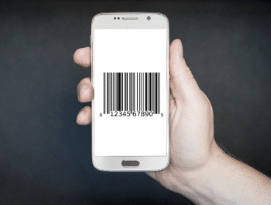Importing MSG Files Into MS Outlook

The MSG format was developed by the Microsoft Corporation for storing emails (and not only) in MS Outlook but is also used as an export format by other desktop email clients (for instance, The Bat). A typical MSG file has ASCII symbols for headers and the email body, but also hyperlinks and attachments. Anti-virus tools also use to extract individual emails for analysis as MSG files. The same format is able to store task and contacts in Outlook.
The Utility Of Performing the Import
In case you want to import MSG files into Outlook 2010 your task would be enormously facilitated by using a specialized software product. Such a tool would allow you to import one or several archives of MSG files (either binary or text files) from a number of sources into a single, integrated PST file (which is native for Outlook).

Important Considerations For Choosing An Appropriate Conversion Tool
Paying attention to the features and capabilities of the conversion software can spare you from an unnecessary headache. Here is the most important aspect that comes to mind:
- the type of product and pricing – in what form is the product offered? Is it an online service or a standalone desktop application with licenses/activation keys sold for a given period of time. While the first option does not require the installation of the product and a web-based interface might offer more cross-platform compatibility, keep in mind that this will come at the cost of speed given that you’ll have to first upload your messages to the server, wait for processing, and then download it back.
This is especially relevant if you anticipate using this tool relatively often. In the latter case, you would also not depend on temporary Internet speed drops or connectivity failures. Please note that with a desktop application, you can be assured your email data stays locally and is not passed to a server and back, increasing the risk of it being hacked while transmitted or while stored on the respective server;

- the reliability of the conversion. The tool should be able to transfer email data reliably, making the appropriate links between the text of the messages and the corresponding attachments, hyperlinks, etc.;
- support of both binary MSG files and text MSG files;
- compatibility with most versions of Outlook (to ensure maximum flexibility) but also with the type and architecture of your operating system;
- intuitive use, either by a novice or a professional;
- possibility to run a demo version of the tool to check all available features for free– most software of this kind does offer demo runs in which you can test all the features of the product, with the only restriction being the number of email messages that can be converted.
To conclude, while some features are highly desirable in any conversion tool of this kind, others likely depend on how often you anticipate using the software and for what purposes.





